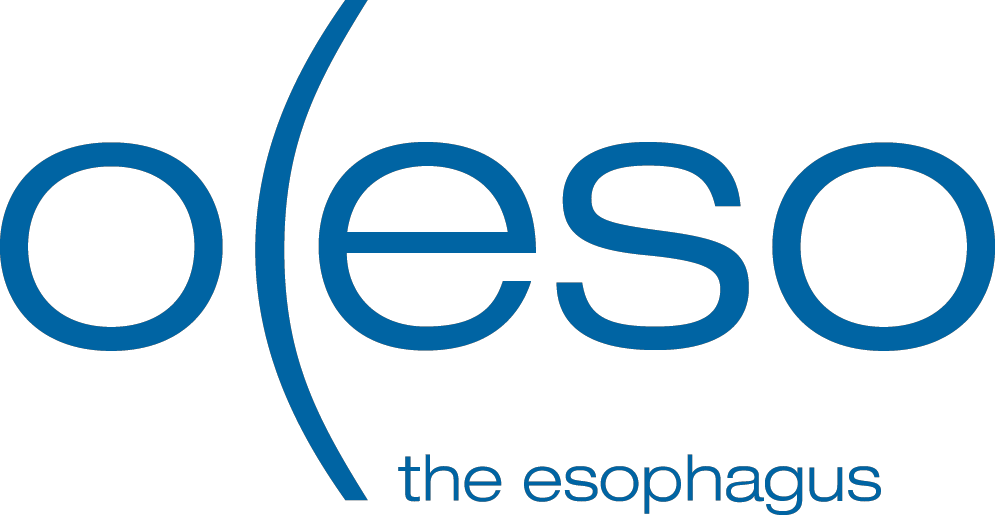Motility Course
OESO-SEMPIRE 16th World Conference | Esophagus 2024 | Strasbourg | April 23-26, 2024 | Venue: IRCAD France
< back to Program at a glance
< back to all the scientific sessions
Motility Course
Tuesday, April 23, 1:00 pm – 5:00 pm
Auditorium Léon Hirsch
I: Esophageal manometry + FLIP
Chairs: Walter W. Chan (USA) – Kristle L. Lynch (USA)
- What esophageal manometry protocol should be used to evaluate esophageal motility disorders? – Ellen Stein (USA)
- How are esophageal manometry studies interpreted: an overview? – Jennifer Ray (USA)
- What are the roles of provocative maneuvers during esophageal manometry in clinical practice? – Joan W. Chen (USA)
- How do you add pharyngeal manometry to your practice? – David M. Richards (USA)
- Functional lumen imaging probe (FLIP): what protocols to use and how to interpret? – Joshua Sloan (USA)
- Debate: FLIP first, FLIP last, FLIP every time? – C. Prakash Gyawali (USA) and Marcelo F. Vela Aquino (USA)
Panel Q&A
Break/Hands-On – 60 minutes – Chair: John O. Clarke (USA)
II: Reflux + other testing
Chairs: Ellen M. Stein (USA) – Daniela Jodorkovsky (USA)
- Are radiographic studies obsolete for esophageal motility disorders and reflux? – William J. Ravich (USA)
- How should the native and post-surgical GE junction be evaluated on endoscopy? – Salih Samo (USA)
- How do you choose which reflux monitoring test and protocol to use? – Reena Choksi (USA)
- How should wireless pH monitoring tests be interpreted? – Yan Jiang (USA)
- How should pH-impedance studies including advanced metrics be interpreted? – Edoardo V. Savarino (Italy)
- How do you perform, interpret, and use mucosal impedance testing? – John O. Clarke (USA)
- What non-esophageal testing may have implications for esophageal disorders? – Daniela Jodorkovsky (USA)
- Panel Q&A

